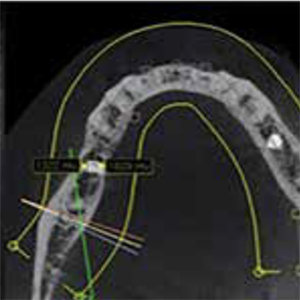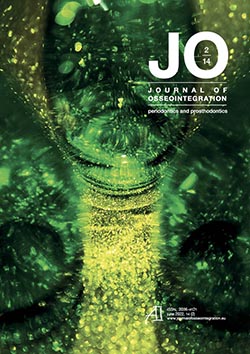Articles
Vol. 14 No. 2 (2022)
Comparative evaluation of osseointegration between sandblasted large grit, acid etched (SLA) and calcium phosphate coated implants. A randomized controlled clinical trial

Publisher's note
All claims expressed in this article are solely those of the authors and do not necessarily represent those of their affiliated organizations, or those of the publisher, the editors and the reviewers. Any product that may be evaluated in this article or claim that may be made by its manufacturer is not guaranteed or endorsed by the publisher.
All claims expressed in this article are solely those of the authors and do not necessarily represent those of their affiliated organizations, or those of the publisher, the editors and the reviewers. Any product that may be evaluated in this article or claim that may be made by its manufacturer is not guaranteed or endorsed by the publisher.
Received: 27 November 2021
Accepted: 14 January 2022
Accepted: 14 January 2022
1039
Views
823
Downloads












